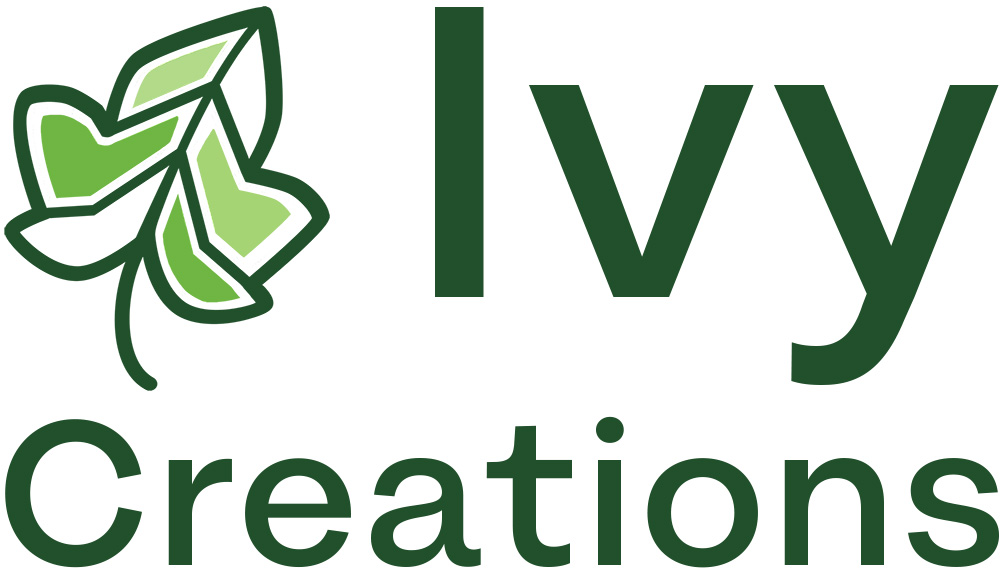Getting interested, qualified leads is challenging. As an e-commerce business leader, you’ve probably heard of search engine optimization (SEO) as a way of generating leads with digital marketing. Good copywriting is one way to seriously improve your SEO.
SEO is all about ranking high organically (without the use of paid ads) for search queries on sites like Google and Bing. Since everyone is taking advantage of SEO tools and strategies, you have no choice but to get savvy with them so your business can compete. Here are three important copywriting strategies to improve your SEO.
1. Keywords Are the Most Important Component in Copywriting
Keywords are the main words or phrases in a search query and are therefore the heart of SEO and copywriting. So, how do you use keywords to reel in your ideal customer?
First, establish who your targeted audience is or who you want to attract to your services. For example, if you’re a B2C medical device company, your audience would be, but are not limited to, individuals with the disease you are helping or treating.
Then, find out what your demographic is searching for online in order to get them to land on your website. This starts with understanding what their problem (pain point) is, their goals, and how you’re able to provide a solution to fix their pain point or meet their needs. Since you want your audience to click on your content before your competitors’, you’ll need to use keywords in your copy that relate directly to your audience’s problem or goals.
A consumer’s problem, goals, and eventual solution are called a Buyer’s Journey and can be seen like this:
Stage 1: Awareness Stage: The buyer realizes they have a problem.
Example: A person can’t hear as well as he or she could before.
Stage 2: Consideration Stage: The buyer defines their problem and researches options to solve it.
Example: The person realizes hearing loss is common and hearing aids are available.
Stage 3: Decision Stage: The buyer chooses a solution.
Example: The person shops to select his or her preferred hearing aid.
Your audience will have different search behaviors depending on which phase they are in.
Those in Stage 1 will likely use the broadest terms to define their problem, potentially searching for things like, “hearing loss.”
Those in Stage 2 might use keywords like “Best kinds of hearing aids,” or “What kind of hearing aid is for me?”
Keywords from users in Stage 3 will be more niche and specific like “Price for Eargo Neo hearing aids.”
It’s important to create valuable content (with relevant keywords) that captures your demographic in each stage of a Buyer’s Journey.
Showing your audience that you empathetically understand their pain points will go a long way in proving to them that you have a solution to their needs.
For example, you might want to have a blog post on the top 5 reasons people lose their hearing, an e-book about solutions for dealing with hearing loss for those in Stage 2, and a video of hearing aids showcasing products and prices for solutions for your audience in Stage 3 of the Buyer’s Journey.
You’ll capture more clicks by creating valuable content that targets your audience in an inclusive fashion.
2. Use Headers That Are Engaging But Make Sense
Headers on any page should outline what their respective section is about.
A user decides if a webpage relates to their search query in just a few seconds of landing there. Bolded headers and subheads are naturally one of the first things a user’s eyes will gravitate towards, so keep your headers intriguing and relatable to retain your website visitors.
Short-tailed keywords are popular search queries of three or fewer words, while long-tailed keywords are popular search queries of four or more words. Because long-tailed keywords are longer than short-tailed, their search results are naturally more niche and specific.
To maximize SEO, popular long-tailed and short-tailed keywords should be included in your page’s URL, title, headers, and naturally in the body of your copy. This will yield the best chances of getting both the most visitors for the longest sessions possible.
3. Have a Clear Call to Action
Let’s be honest: the reason you want to create compelling content for your readers is to get them to do something for you. After all, getting clicks to your site is only as worthwhile as the ROI you receive.
A call to action (CTA) is your “ask” of your reader and lays out the next step towards a solution. After your audience hears what you have to say on a particular topic, what do you want them to do next?
You may want them to fill out a lead form, subscribe to your newsletter, or download a free trial of your cybersecurity software.
A CTA is typically succinct – usually just a short phrase or a couple of words. It should entice your audience to complete your ask of them. Even the best content will fall short of delivering an ROI if a CTA is not established.
Examples of strong CTAs include:
- Download Now
- Learn More
- Get Started
- Get Free For One Month
- Get a Quote
Once you’ve chosen a strong CTA to lure your audience, your digital marketing plan will be ready to flourish. It’s also a helpful practice to go back to your other pages and add CTAs where appropriate to boost conversions.
For help with SEO and copywriting, send me a message.

